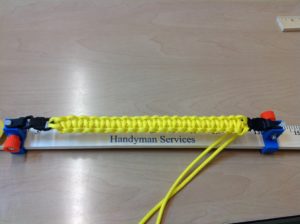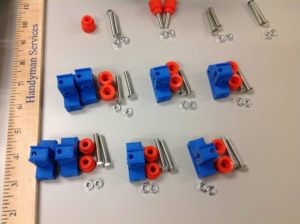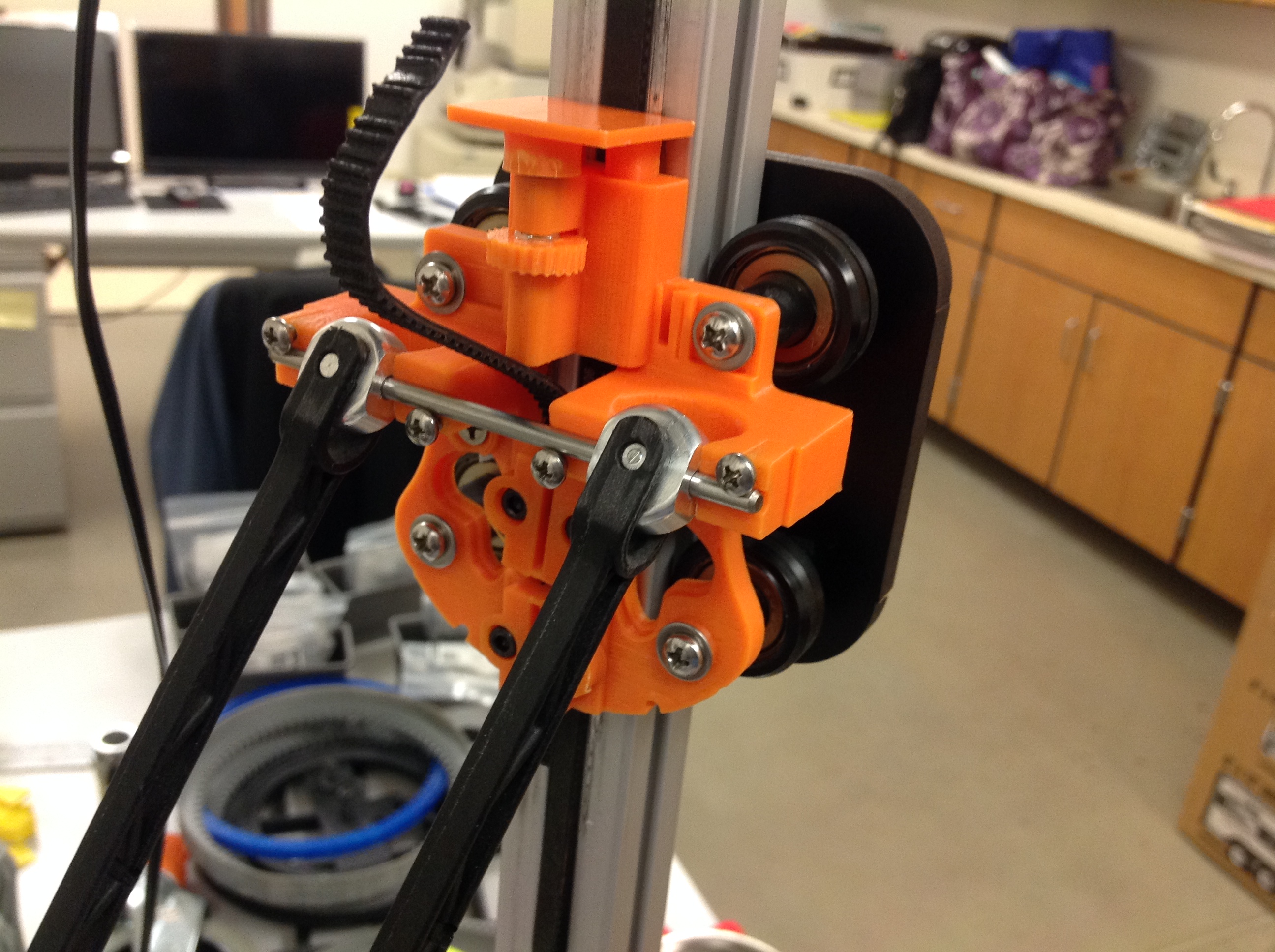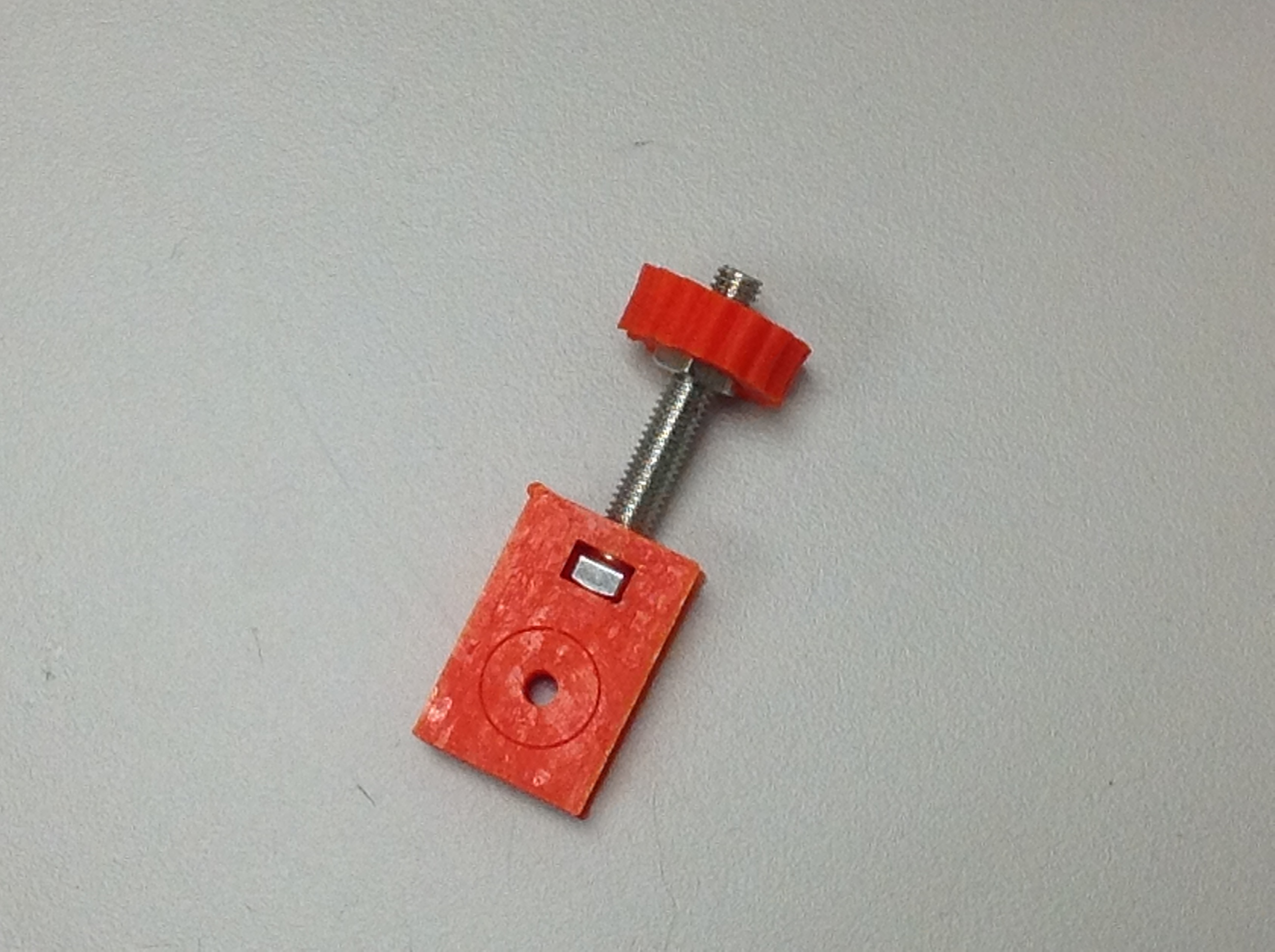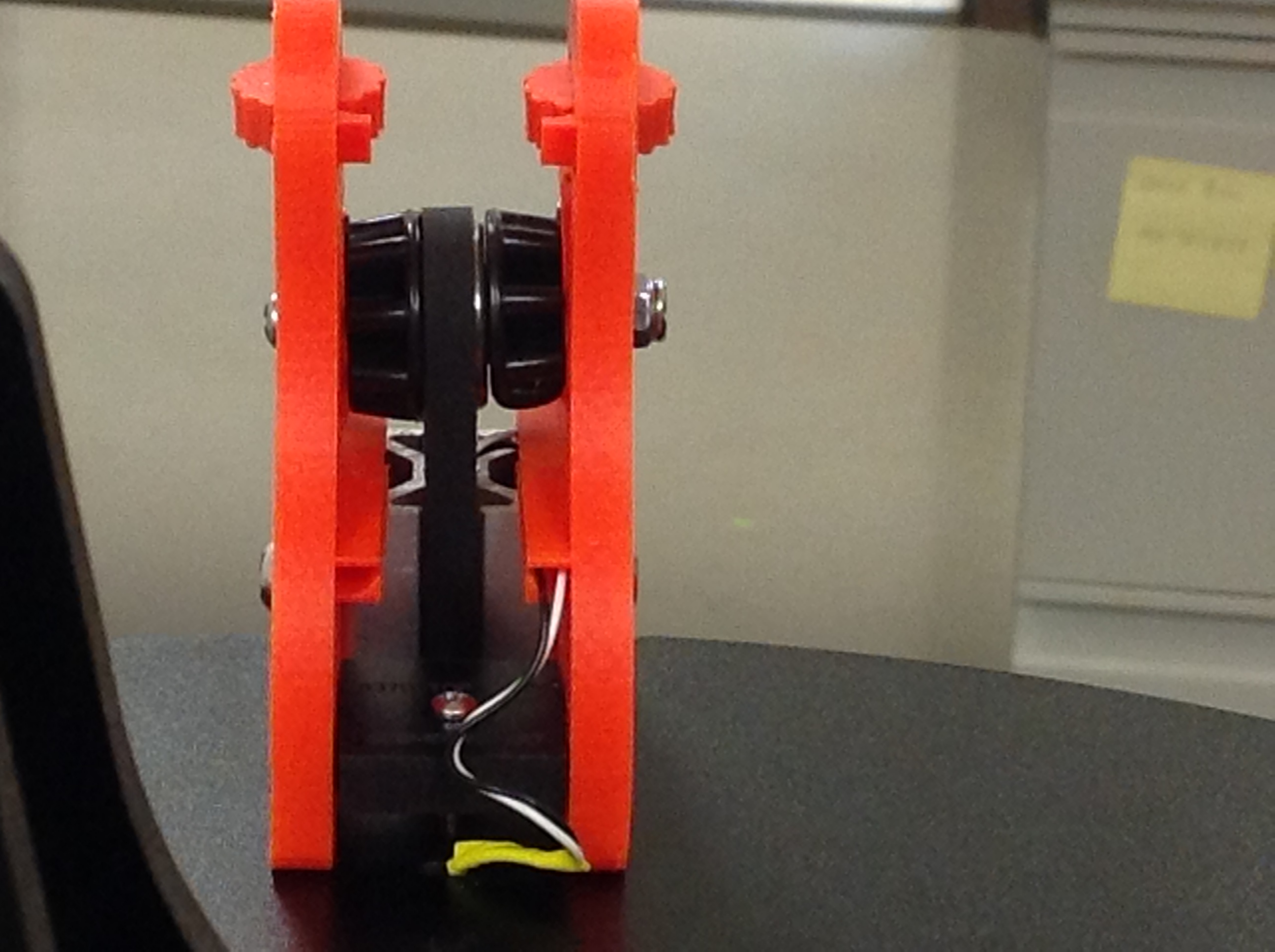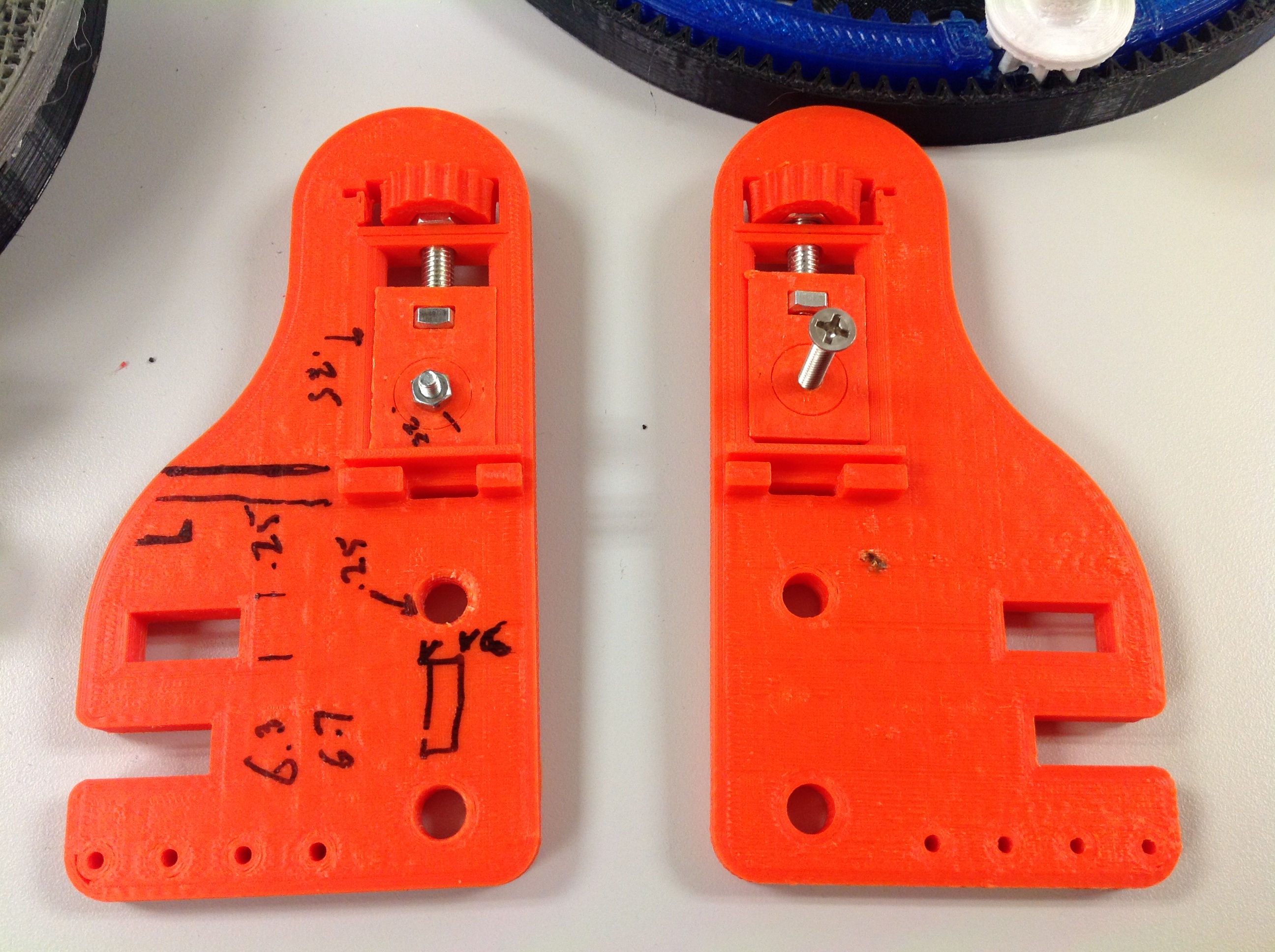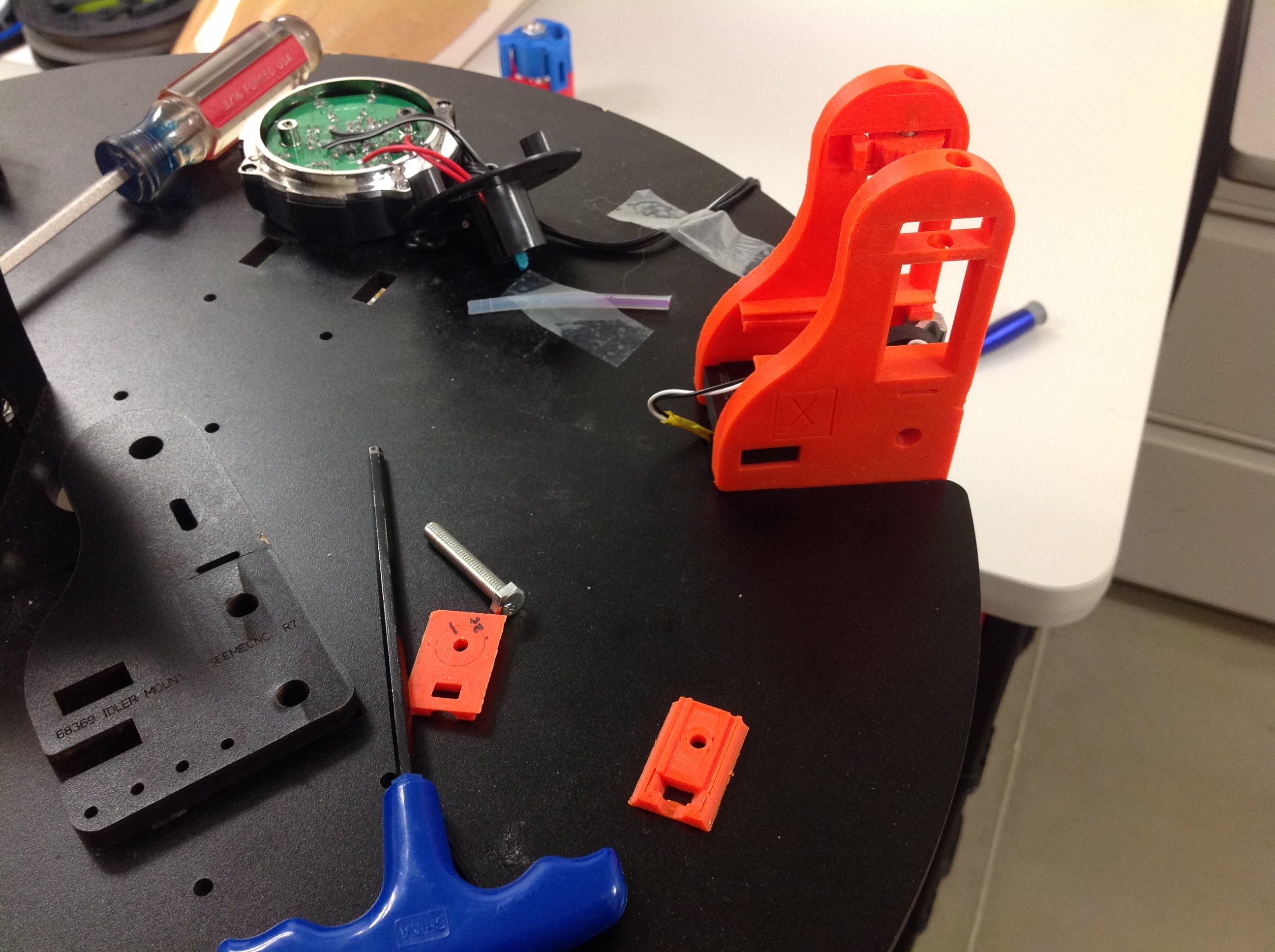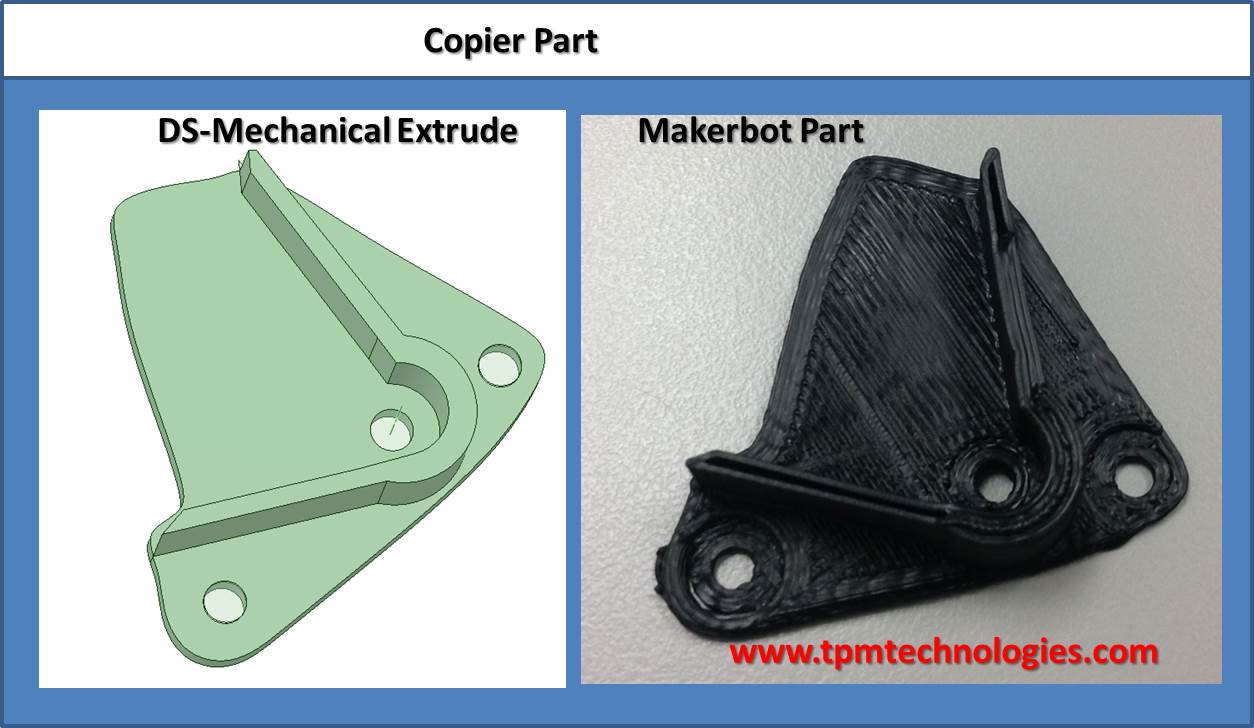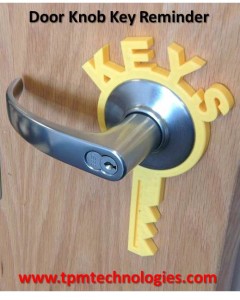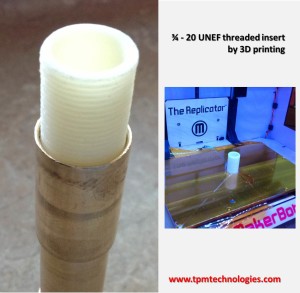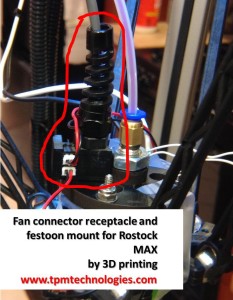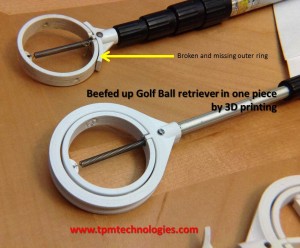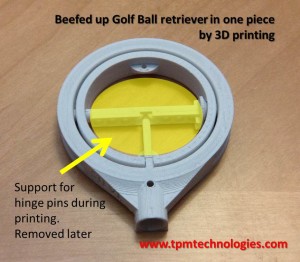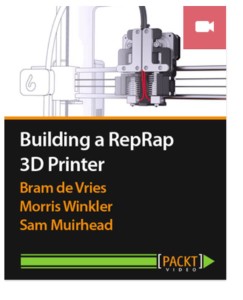 At TPM Technologies we currently have a Makerbot Replicator and a Rostock Max. The build envelops are sufficient for most projects so far. Occasionally we have to get creative about placement or how to split a large assembly. It dawned on me that many part needs are long and slender but there isn’t a need to support an equilateral cube. Hence, we dubbed our large area printer “OrthoBot” as a way to describe this phenomenon. Think of a machine envelope required to print a femur, the largest bone in the body. That’s our quest. Or another way to think of it is the build envelope required to print a baseball bat. As we were kicking around approaches to this build envelope we happened across a new video on the Packt Publishing website, “Building a RepRap 3D Printer.”
At TPM Technologies we currently have a Makerbot Replicator and a Rostock Max. The build envelops are sufficient for most projects so far. Occasionally we have to get creative about placement or how to split a large assembly. It dawned on me that many part needs are long and slender but there isn’t a need to support an equilateral cube. Hence, we dubbed our large area printer “OrthoBot” as a way to describe this phenomenon. Think of a machine envelope required to print a femur, the largest bone in the body. That’s our quest. Or another way to think of it is the build envelope required to print a baseball bat. As we were kicking around approaches to this build envelope we happened across a new video on the Packt Publishing website, “Building a RepRap 3D Printer.”
I have to say I was totally impressed for several reasons. First, the quality of the video is inspiring. Having done many video projects over at StudioYouTube, I know how hard it is to make a good video. I was impressed by the videography and the ease of watching and how Sam Muirhead effectively used the video medium to pass along the content the rest of the team wanted to portray.
My next great surprise was that the Packt site would play the video just fine on my iPad so I could conveniently view it many places in my workshop, multi-tasking as I absorbed the sequence of the RepRap build.
Lastly, the content that the team put together is what every 3D printer builder can gain from. Even though they are using the i3 Berlin RepRap printer as the backdrop they have done a nice job of describing build elements and techniques that apply to many 3D printer build projects. Not only is the video full of nice technique but it is equally inspiring as you develop or build your own system. I found that once I started watching it was hard to stop. I kept sneaking away to finish watching to the end. My hat’s off to this team and their advancement of the open source 3D printing industry and RepRap. I’m sure many new applications will spawn from their efforts. You can check out the video here. More on OrthBot later.
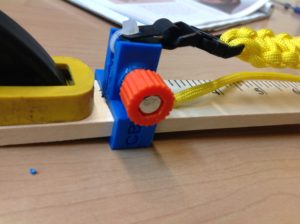 At a summer Make Camp we wanted an inexpensive way for the campers to jig up bracelets and other paracord weavings. A clamp for each end was devised that straddled a yard stick for easy sizing. With a trapped screw and nut the ends are easily adjustable to the right point on the yardstick.
At a summer Make Camp we wanted an inexpensive way for the campers to jig up bracelets and other paracord weavings. A clamp for each end was devised that straddled a yard stick for easy sizing. With a trapped screw and nut the ends are easily adjustable to the right point on the yardstick.